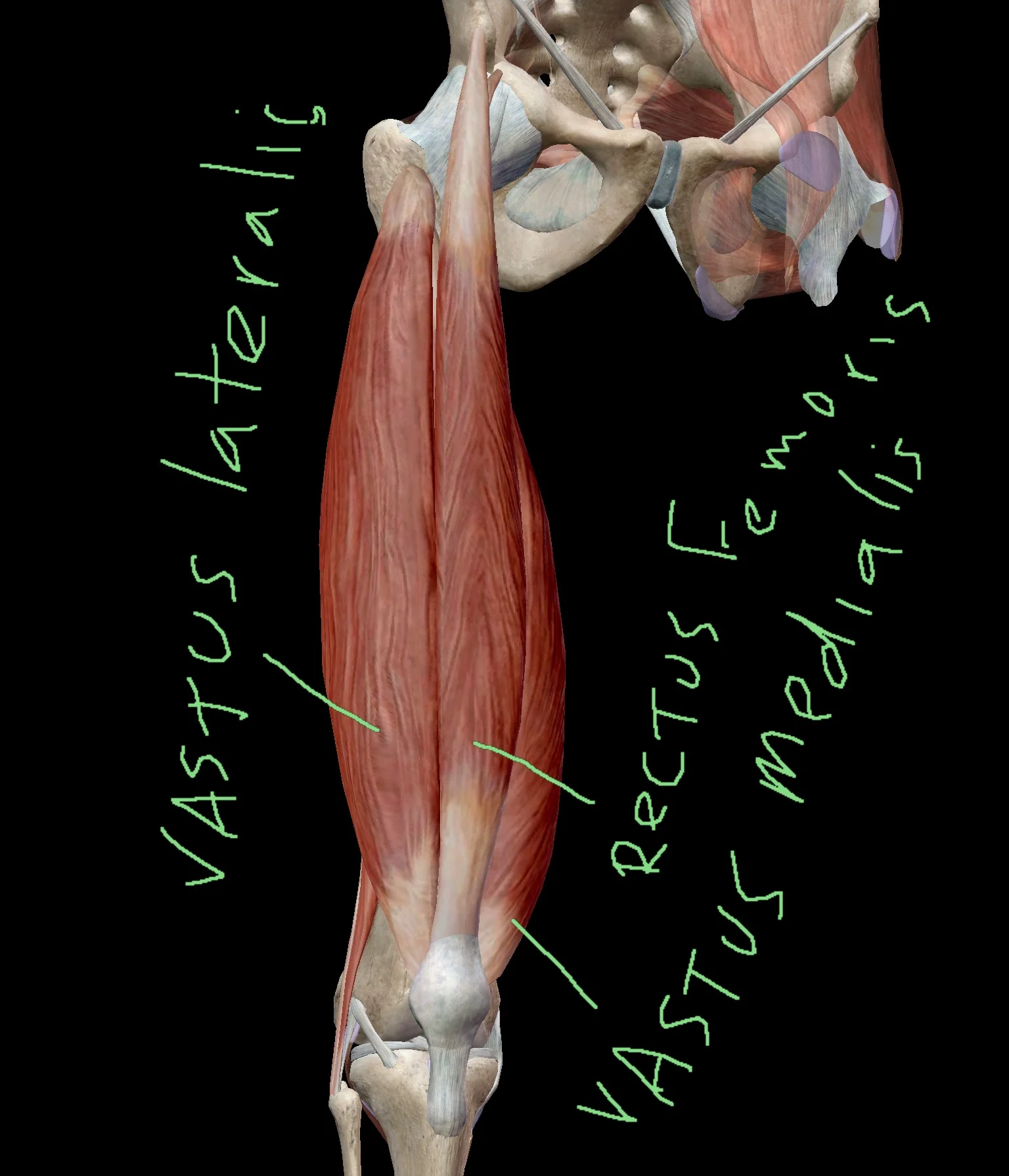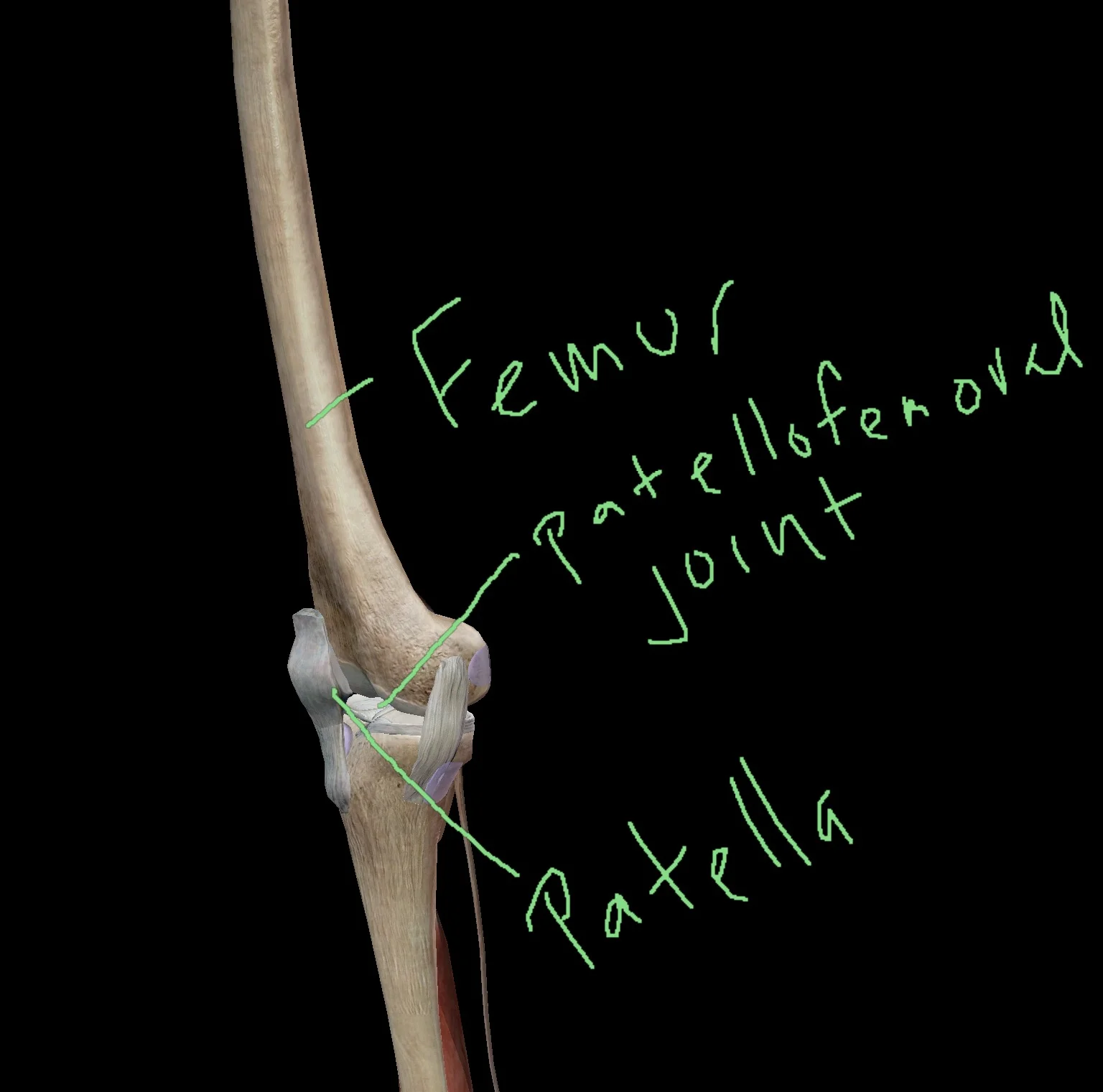Leg Day - If Your House Has Stairs, I’m Staying In The Car
QUADRICEPS FEMORIS
Rectus Femoris
Origin: Anterior inferior iliac spine and the acetabular roof of the hip joint
Insertion: Tibial tuberosity via the patellar ligament
Innervation: Femoral nerve (L2 - L4)
Action: Hip - flexion
Knee - extionsion
Vastus Medialis
Origin: Linea aspera (medial lip), and the distal intertrochanteric line
Insertion: Tibial tuberosity via the patellar ligament
Innervation: Femoral nerve (L2 - L4)
Action: Knee extension
Vastus Lateralis
Origin: Linea aspera (lateral lip) and the lateral surface of the greater trochanter
Insertion: Tibial tuberosity via the patellar ligament
Innervation: Femoral nerve (L2 - L4)
Action: Knee extension
Vastus Intermedius
Origin: Anterior side of femoral shaft
Insertion: Tibial tuberosity via the patellar ligament
Innervation: Femoral nerve (L2 - L4)
Action: Knee extension
So? These four muscles make up the quadriceps femoris. They all attach to your patella (knee cap) via your quadriceps tendon, and continue down to your tibia via the patellar ligament (tendon?). The patella gives the quadriceps muscles a major mechanical advantage by increasing their leverage, which basically allows the quads to do approximately 30% more work with the same effort. However, all of those forces created when extending (straightening) your knee are directed into the patellofemoral joint surfaces - where the patella and femur (thigh bone) meet. With overuse, this joint breaks down and/or can cause osteoarthritis. To help slow the breakdown of cartilage in your knee, don’t forget to use your glutes when doing things like going up/down stairs and anytime you sit down, stand up or squat. The more your glutes help out, the less your quads have to work. The less your quads work, the happier your knee joint will be.



